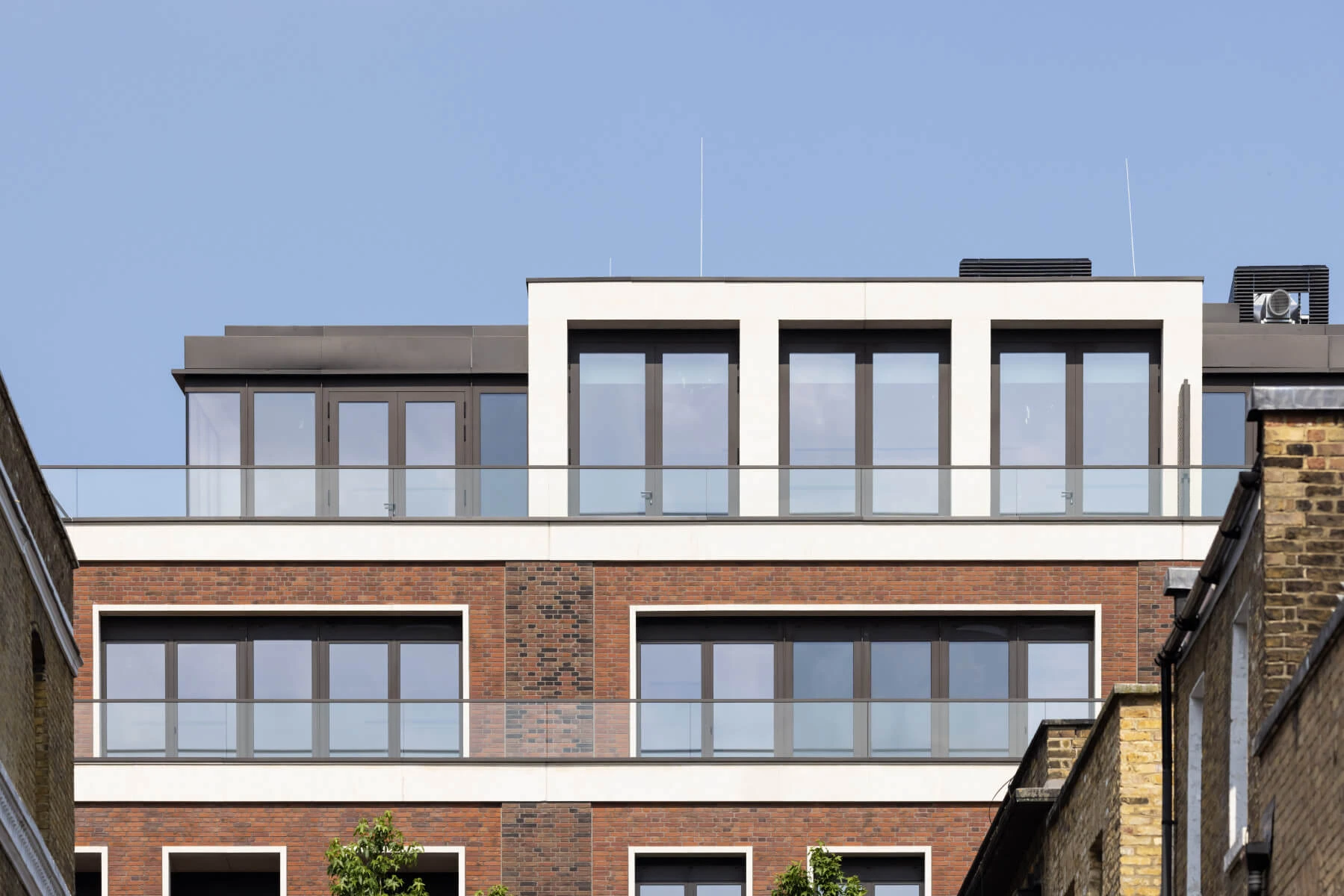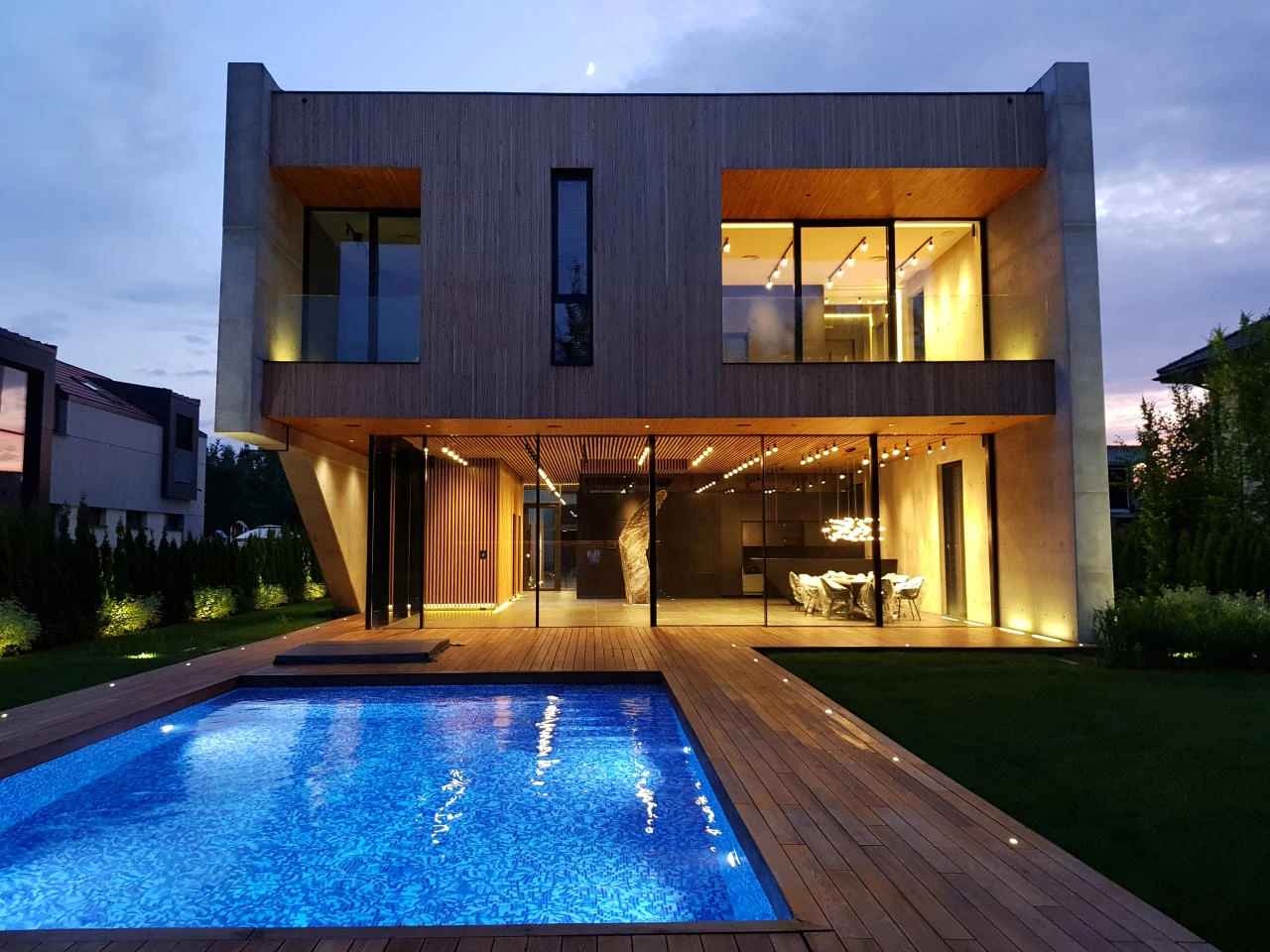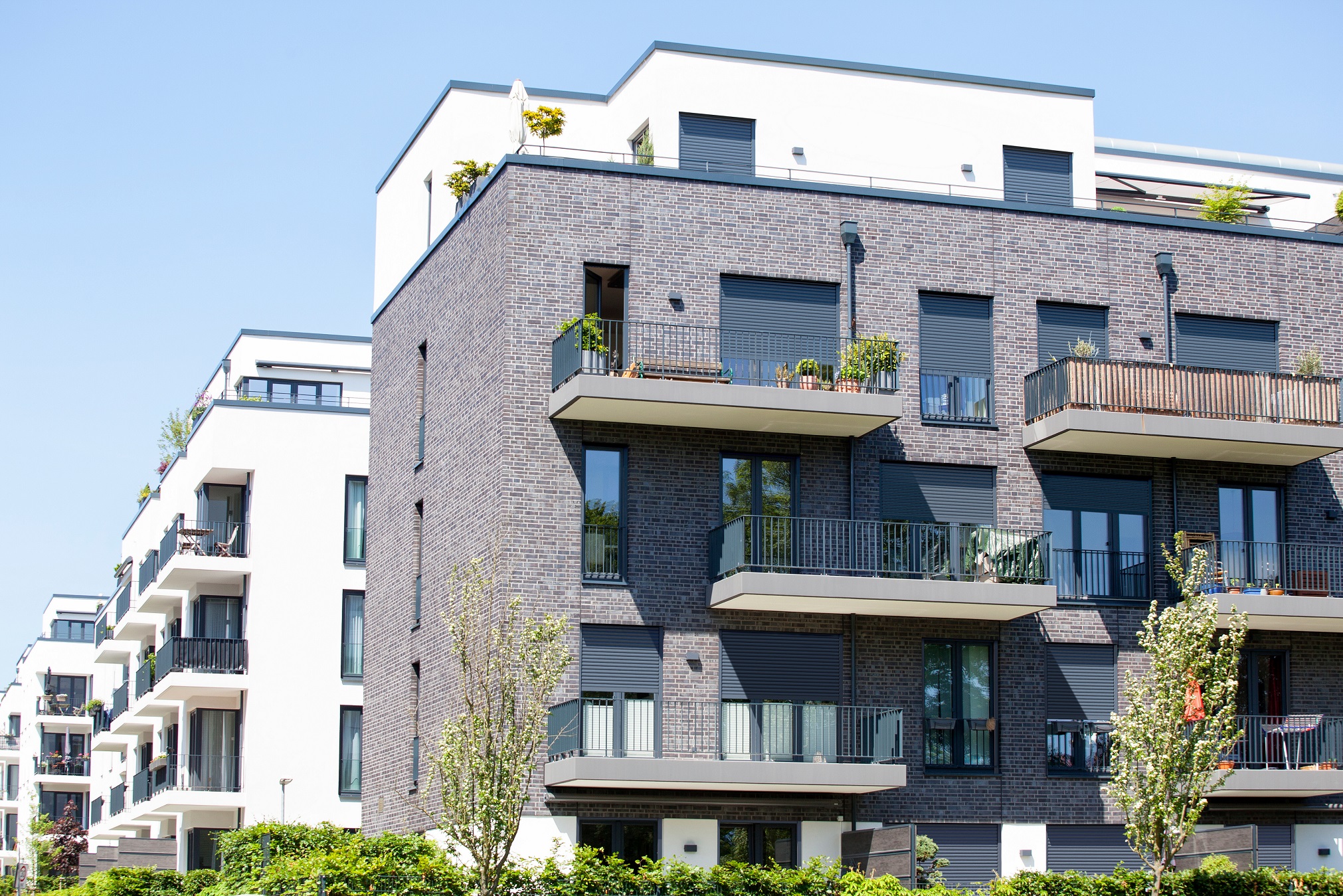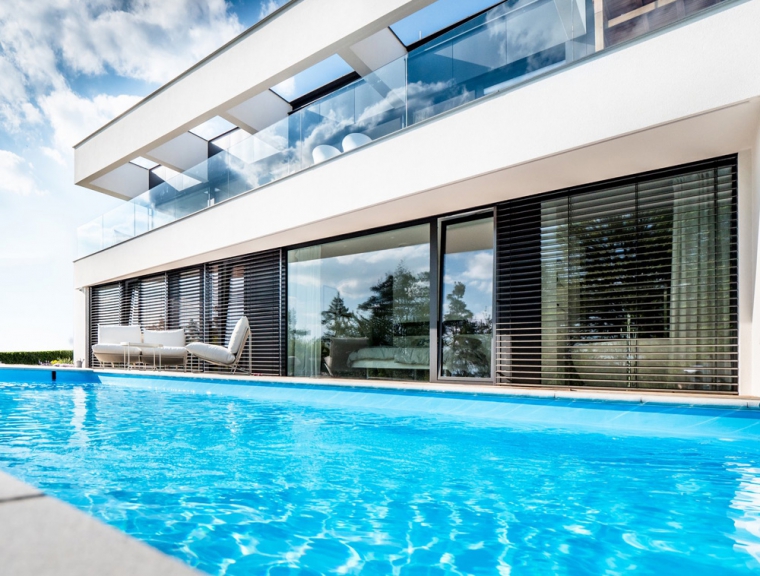Advanced building solutions – effective strategies for sun protection

Lancer Square, London, United Kingdom. Systems used: MB-70, MB-SR50N, MB-86 ST
Sun protection in building design goes beyond ensuring comfort – it plays a vital role in energy efficiency. By incorporating innovative solutions, it's possible to significantly reduce the energy required for cooling buildings during the summer months. Solutions like external and internal blinds, facade shutters, and windows and doors with enhanced thermal insulation systems stand out as effective tools to achieve this goal.
In low-energy buildings, the ability to harness solar energy through the strategic design of large south-facing windows is crucial. However, the thermal gains achieved during the heating season can be offset in the summer when air conditioning may become necessary to manage indoor temperatures. The primary objective, then, is to control solar radiation access by integrating natural or artificial shading on facades, employing internal or external window shutters, and utilizing appropriate windows and doors to regulate sunlight entering the building.
Energy savings through effective sun protection
Windows, particularly those facing south or west, can let in a significant amount of solar radiation, causing indoor temperatures to rise and necessitating the use of air conditioning. This leads to increased energy consumption – a growing concern in light of environmental awareness and the need for energy conservation.
Therefore, it's imperative to use advanced solutions, such as Aluprof's MB-70 aluminum windows and doors with thermal insulation. These high-energy efficiency systems effectively retain heat thanks to specialized thermal breaks and seals. Depending on the components used, the heat transfer coefficient for this system ranges from 1.5 to 2.39 W/(m²K).
The glass-fiber reinforced polyamide spacers boost the profiles' rigidity while helping maintain proper thermal insulation. Additionally, the MB-70 system features seals made from two-component synthetic EPDM rubber, which are aging-resistant and ensure superior thermal insulation. The MB-70HI variant offers even greater thermal insulation than the base systems.
These solutions lead to reduced energy consumption, contributing to environmental conservation by lowering greenhouse gas emissions, minimizing ecological degradation associated with power plant construction, reducing waste from energy production, and decreasing dependency on fossil fuels.

Ikar's House, Warsaw, Poland. Systems used: MB-70, MB-77HS, MB-SR50N
Enhancing quality of life with sun protection
Proper sun protection in buildings has a significant impact on the occupants' quality of life. It allows for effective regulation of incoming light, maintaining optimal temperatures and preventing rooms from overheating on hot days. Additionally, it enhances visual comfort by minimizing dazzling glares and reducing screen reflections. Furthermore, sun protection systems can lead to energy savings by reducing the need for air conditioning. This altogether improves the building experience and boosts inhabitants' quality of life.

Systems used: SKB STYROTERM
A design element in modern architecture
Sun protection systems, such as blinds, shutters, and awnings, serve not only as functional solutions against excessive sunlight but also as a pivotal element of modern architectural aesthetics. With a diversity of materials, shapes, and colors, they can be a striking complement to a building's design, accentuating its unique character. Properly selected and installed, they infuse buildings with modernity and elegance, becoming an integral part of architectural expression.
External blinds embody timeless elegance and practicality, deserving consideration from the project's inception. Yet, they can also be added to existing buildings. From lintel constructions through adaptive and under-plaster systems to superimposed blinds, each solution features unique characteristics that align with a building's aesthetic and functionality. The wide array of available systems, variety of casings, and color options allow blinds to become either a subtle addition or a distinct accent, enhancing a building's distinctive character.
Meanwhile, facade shutters offer the ability to adjust incoming light by altering the angle of the slats. Mounted on the facade, they consist of adjustable strips that reflect sunlight, reducing internal heat gain.

Systems used: SkyFlow SZF/P
Let’s Build a Better Future
Contemporary architecture aspires to integrate diverse sun protection systems to create energy-efficient, intelligent buildings, adapting to changing weather conditions through advanced management systems. These solutions not only enhance comfort but also reduce cooling and ventilation costs, leading to lower energy consumption and CO2 emissions – key factors in combatting climate change.
